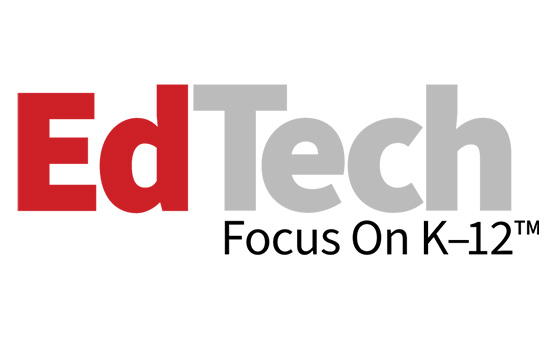IT Teams Can Manage Pushback From K–12 Instructional Staff
Eliminating applications could elicit backlash from teachers and other instructional staff. To mitigate this, IT departments need to clearly communicate the “why” behind their investments. Staff members focused on instruction are looking for outcomes and convenience, which can conflict with IT’s missions related to privacy and compliance.
Clear communication on considerations such as application vetting — and the importance of not using personal accounts for tools that aren’t approved by the district — can bring IT and instructional teams into alignment. After all, when budgets are already tight, the last thing a district can afford is a ransomware attack.
Minimize the Impact on IT Teams to Maximize Investments
Making strategic investments also means making choices that benefit the IT team. For example, training for a new tool might carry an upfront cost, but it could help users integrate the technology into their systems and workflows more efficiently. The same goes for managed services. While these might cost the school a bit more at the start, they help ensure technology is properly managed and maintained for long-term ROI. Making the decision to support training and services now ensures schools won’t be left scrambling and paying a convenience fee if they need assistance at the last minute.
FIND ANSWERS: Why are more schools breaking away from in-house device management?
Additionally, K–12 IT professionals should consider investments in tools that are simple to integrate and use. Choose platforms or solutions that work with the other technologies in your digital ecosystem. This improves the interoperability in your learning environment, and users may already be familiar with the tech.
Training, managed services and seamless integration for users can lead to a decrease in IT tickets. As a long-term investment strategy, this frees up K–12 IT professionals to solve other challenges and maximize their time and skills on projects that will have the greatest impact on budgets and the learners they aim to support.







![[title]Connect IT: Bridging the Gap Between Education and Technology](http://www.edtechmagazine.com/k12/sites/default/files/articles/2014/05/connectit.jpg)




